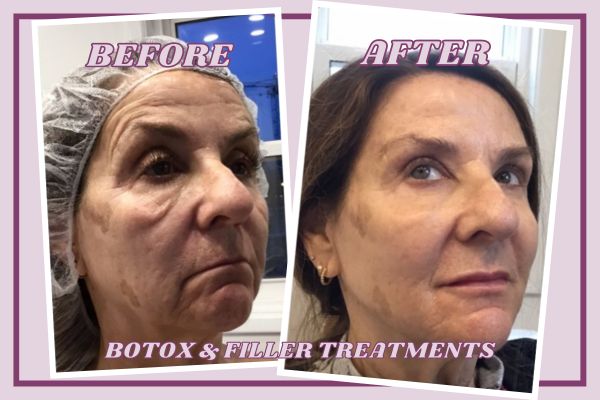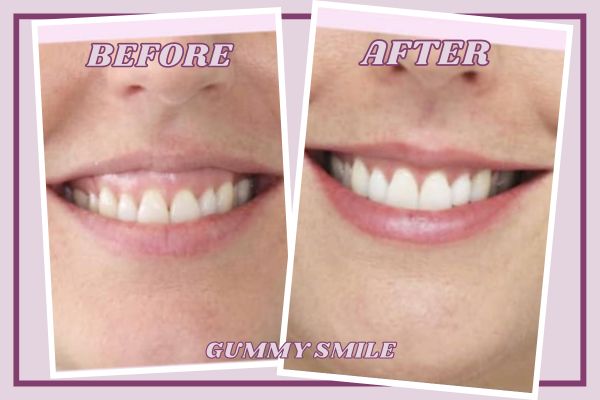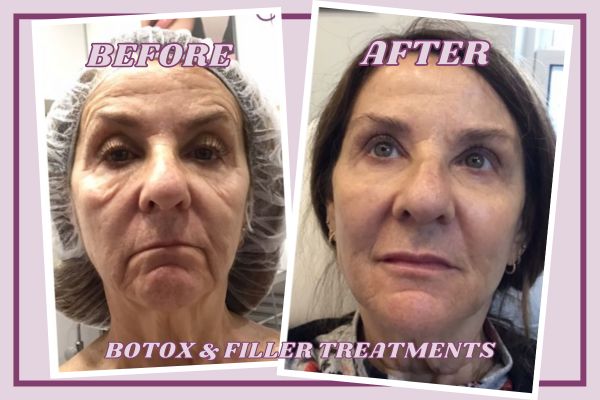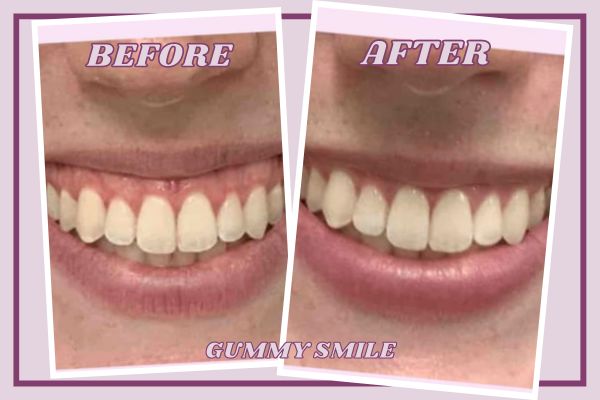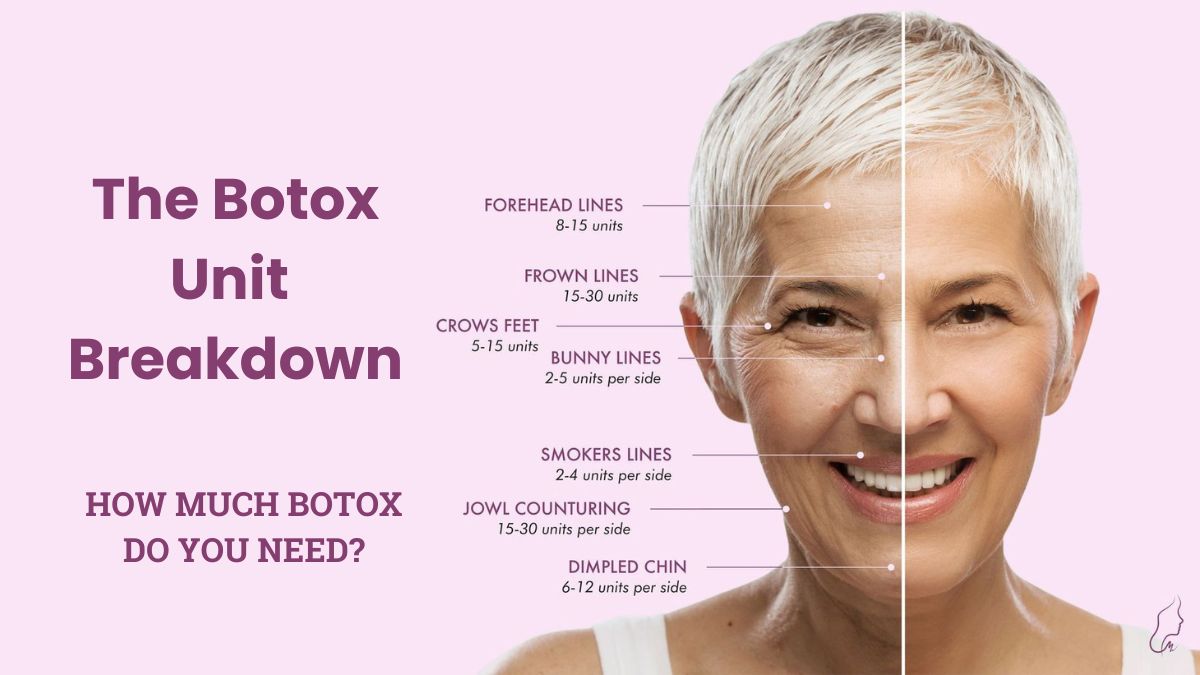What is Botulinum toxin?
The neurotoxin that erases wrinkles and alleviates pain
Botulinum toxin is a potent neurotoxin produced by the bacterium Clostridium botulinum. It is widely known for its cosmetic and medical applications.
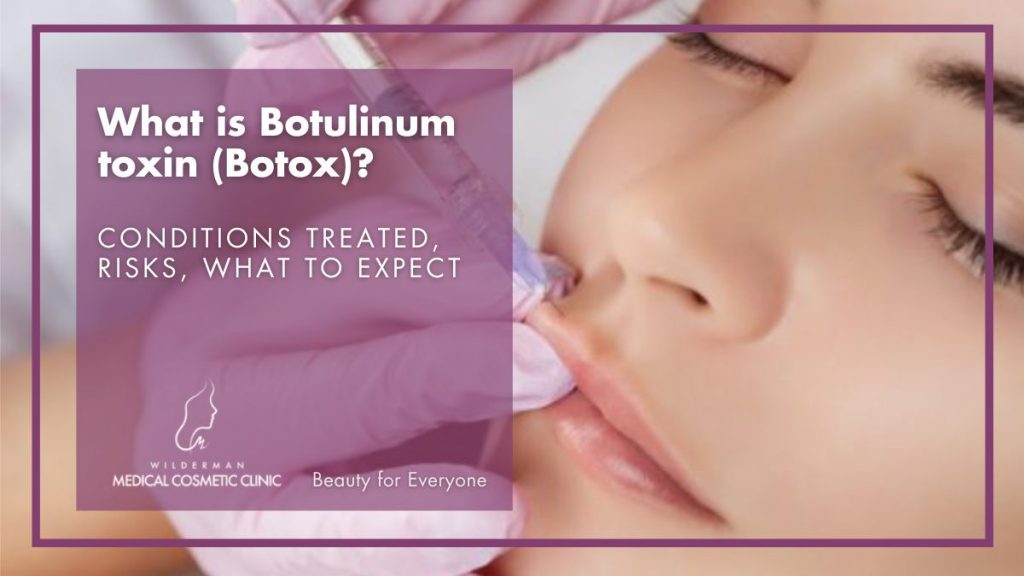
Get immediate answers to your questions about treatment options, costs, expected outcomes, and more.
- Expert Diagnosis
- Customized Treatment Plans
- No Obligation
- Comfort and Privacy
- Immediate Answers
Botulinum toxin, frequently referred to as Botox, is derived from the bacterium Clostridium botulinum, notorious for its extreme toxicity. However, when administered in precise amounts, Botulinum Toxin Injections (BTI) offer a wide range of benefits.
This FDA-approved medication is utilized for both therapeutic and cosmetic purposes. Botox is widely considered safe, efficient, and generally free from significant adverse reactions (Witmanowski et al., 2020).
Effective management of patients undergoing botulinum toxin therapy necessitates seamless communication between the patient and healthcare providers.
Dysport, Xeomin, and Letybo
Botox, Dysport, Xeomin, and Letybo are all brand names for different formulations of botulinum toxin type A, a neurotoxin produced by the bacterium Clostridium botulinum.
These medications are commonly used for cosmetic and therapeutic purposes, as they can temporarily paralyze or weaken muscles.
Dysport:
- Botulinum toxin type: AbobotulinumtoxinA
- Use: Primarily used for aesthetic purposes to reduce the appearance of facial wrinkles, like temporary improvement of moderate to severe glabellar lines (frown lines between the eyebrows) in adults.
It is FDA and Health Canada-approved for the treatment of certain neurological disorders, such as cervical dystonia (a condition causing neck muscle spasms).
Xeomin:
- Botulinum toxin type: IncobotulinumtoxinA
- Use: Xeomin is also used for treating neurological conditions like cervical dystonia. Additionally, it is approved for the temporary improvement in the appearance of moderate to severe glabellar lines in adults, similar to Dysport.
Letybo:
- Botulinum toxin type: PrabotulinumtoxinA
- Use: Letybo is used for the temporary improvement in the appearance of moderate to severe glabellar lines in adults. It is a newer entrant in the market and operates similarly to other botulinum toxin products.
In cosmetic procedures, a purified and highly diluted form of botulinum toxin is injected into specific muscles. When injected into these muscles, Botulinum toxin interferes with nerve signals, preventing them from contracting as strongly and leading to a reduction in the appearance of wrinkles and fine lines, resulting in a smoother and more youthful look.
Botox is commonly used to treat wrinkles on the forehead, around the eyes (crow’s feet), and between the eyebrows (frown lines).
Additionally, botulinum toxin can be employed for various medical purposes, including the treatment of muscle spasms, chronic migraines, excessive sweating, and certain neurological conditions.
Thornhill’s Premier Botulinum Toxin Clinic: Transforming Beauty with Expertise and Precision
Botulinum toxin injections are minimally invasive and are typically performed in a clinical setting by trained healthcare professionals. They are a popular choice for individuals looking to reduce the signs of aging without undergoing surgery or more invasive procedures. The treatment is generally well-tolerated, with minimal downtime, making it a convenient option for many people seeking a more youthful and refreshed appearance.
The Botox Unit Breakdown: Recommended units of Botox needed to treat common areas
Benefits of Botulinum toxin treatment
Are you a good candidate?
The results of this treatment are often desirable, but you may not be a suitable candidate for botulinum toxin injections if:
- You are currently pregnant or breastfeeding.
- You have certain medical conditions (like certain neuromuscular disorders).
- You are undergoing medical treatments involving medications or drugs that are contraindicated for botulinum toxin treatment.
- You had allergic reactions to botulinum toxin in the past
For whom would this treatment be suitable?
Botulinum toxin can be an effective treatment for people with the following cosmetic and medical concerns.
Cosmetic conditions treated with Botulinum toxin
Botulinum toxin is primarily known for its cosmetic applications. It can effectively treat facial wrinkles and lines caused by repetitive muscle contractions. Common cosmetic conditions treated with Botulinum toxin include:
-
- Forehead lines and wrinkles: Botulinum toxin can help smooth horizontal lines across the forehead that develop as a result of repetitive muscle contractions and expressions.
- Glabellar lines (Frown Lines): These vertical lines between the eyebrows, often referred to as “frown lines” can be effectively diminished with Botulinum toxin injections.
- Crow’s feet: These are the fine lines and wrinkles that appear at the corners of the eyes, particularly when smiling or squinting. Botulinum toxin injections can soften the appearance of crow’s feet and create a more youthful look.
- Bunny lines: Bunny lines are the wrinkles that appear on the sides of the nose when you scrunch or wrinkle your nose. Botulinum toxin can be used to smooth these lines and reduce their visibility.
- Gummy smile: Some individuals have a smile that exposes an excessive amount of gum tissue. Botulinum toxin injections can help relax the muscles responsible for this condition, resulting in a more balanced and aesthetically pleasing smile.
- Chin dimpling: Botulinum toxin can be used to reduce the appearance of dimples or puckering on the chin caused by muscle contractions.
- Neck bands: In certain cases, Botulinum toxin injections can be used to relax the neck muscles, reducing the appearance of vertical bands or lines on the neck.
- Jawline slimming: Botulinum toxin injections into the masseter muscles of the jaw can help slim the lower face by reducing muscle bulk, providing a more contoured jawline.
Medical conditions treated with Botulinum toxin
Botulinum toxin has also demonstrated therapeutic benefits for various medical conditions. Some of the conditions that can be treated with Botulinum toxin include:
-
- Strabismus: Botulinum toxin injections can be used to treat strabismus, a condition characterized by misalignment of the eyes (crossed or turned eyes). By selectively weakening or relaxing specific eye muscles, Botulinum toxin can help align the eyes properly.
- Cervical dystonia: Cervical dystonia, also known as spasmodic torticollis, is a neurological disorder that causes involuntary muscle contractions in the neck, leading to abnormal head and neck movements. Botulinum toxin injections can help reduce muscle spasms and provide relief from the associated pain and discomfort.
- Blepharospasm: Blepharospasm is a condition characterized by involuntary eyelid twitching or spasms. Botulinum toxin injections can help relax the muscles around the eyes, alleviating the excessive blinking or squeezing of the eyelids.
- Dystonia: Dystonia is a movement disorder characterized by involuntary muscle contractions that result in twisting, repetitive movements, or abnormal postures, can be effectively treated with Botulinum toxin. In addition to cervical dystonia and Blepharospasm, Botulinum toxin injections are commonly used to manage various other forms of dystonia, including limb dystonia, oromandibular dystonia, and focal dystonias.
- Chronic migraines: Botulinum toxin has been approved by regulatory authorities for the treatment of chronic migraines. Injections are administered at specific sites on the head and neck to help prevent or reduce the frequency and severity of migraine headaches.
- Hyperhidrosis: Hyperhidrosis refers to excessive sweating that is not necessarily related to physical activity or heat. Botulinum toxin injections can help control excessive sweating by blocking the release of acetylcholine, which stimulates sweat glands.
- Overactive bladder: Botulinum toxin injections can be used as a treatment option for individuals with overactive bladder, a condition characterized by a frequent urge to urinate and involuntary bladder contractions. By injecting Botulinum toxin into the bladder muscle, it can help relax the bladder and reduce the urgency and frequency of urination.
- Pediatric upper limb spasticity: Botulinum toxin injections are sometimes used in children with upper limb spasticity, a condition characterized by muscle stiffness and involuntary contractions. Botulinum toxin can help relax specific muscles, improving mobility and function.
- Adult spasticity: Botulinum toxin injections are also used in adults with spasticity, which can result from conditions such as stroke, cerebral palsy, or multiple sclerosis. By targeting specific muscles, Botulinum toxin can help reduce muscle stiffness and improve range of motion.
- Bruxism/TMJ: Bruxism refers to teeth grinding and clenching, often associated with temporomandibular joint (TMJ) disorders. Botulinum toxin injections into the jaw muscles can help relax them, reducing the intensity of jaw clenching and grinding.
What are the precautions that need to be taken?
Precautions to take before Botulinum toxin treatment typically include:
How does Botox work?
Botulinum toxin works by disrupting the communication between nerves and muscles, leading to temporary muscle weakness or paralysis.
Normally, when a nerve impulse reaches the end of a nerve fiber, a neurotransmitter called acetylcholine is released into the neuromuscular junction, a small gap between the nerve and the muscle. Acetylcholine binds to receptors on the muscle, triggering muscle contractions.
However, when botulinum toxin is present, the release of acetylcholine is blocked. As a result, the muscle is unable to receive a signal to contract, leading to temporary muscle paralysis or weakness.
This relaxation of the muscle can have various therapeutic effects, depending on the condition being treated.
Risks and possible side effects
While botulinum toxin injections are generally considered safe, there are potential risks and side effects to consider.
These can include:
It is important to have a thorough consultation with a qualified healthcare professional before undergoing Botulinum toxin treatment. They will assess your suitability for the procedure, discuss potential risks and side effects, and address any concerns you may have.
Adhering to proper injection techniques and dosage recommendations can minimize the likelihood of complications.
Preparing for a Botulinum toxin treatment
To prepare for a Botulinum toxin treatment, consider the following:
- Consultation: Schedule a consultation with a qualified healthcare professional to discuss concerns, outcomes, and medical history, allowing for a personalized treatment plan.
- Medications and supplements: Inform your provider about current medications or supplements; you may be advised to adjust or temporarily discontinue certain ones, like blood thinners, to minimize complications.
- Allergies: Notify your provider of any known allergies to ensure appropriate precautions are taken.
- Medical conditions: Disclose underlying medical conditions that may impact the procedure or increase the risk of complications.
- Skin preparation: Avoid using products that may irritate the skin (e.g., retinoids) prior to treatment.
- Comfortable attire: Wear loose-fitting clothing for easy access to treatment areas and to avoid pressure or friction afterward.
Plan for aftercare: Expect temporary redness or swelling and avoid scheduling important events immediately after the treatment, as recovery may take a few days.
What to expect during a Botox treatment
Here is a general overview of what you can expect during a typical Botox treatment session:
- Preparing the treatment area: The treatment area will be cleansed to ensure it is free from any dirt, oils, or makeup. Your healthcare professional may use an antiseptic solution to sanitize the area.
- Optional numbing cream: If you and your healthcare professional have decided to use a topical numbing cream, it will be applied to the treatment area. The cream is typically left on for a short duration to minimize any potential discomfort during the injections.
- Botulinum toxin injections: Once the treatment area is prepared, your healthcare professional will begin administering the Botulinum toxin injections. They will use a thin needle to inject small amounts of Botulinum toxin into the targeted muscles or specific sites based on the treatment plan discussed during your consultation. The injections themselves typically cause minimal discomfort and are often described as a slight pinch or sting.
- Number of injections: The number of injections required will depend on the treatment area and your individual needs. Your healthcare professional will determine the appropriate number of injections to achieve the desired results.
- Duration: The actual injection process is relatively quick and typically takes only a few minutes, depending on the extent of the treatment.
- Post-treatment instructions: After the injections are complete, your healthcare professional may provide you with specific post-treatment instructions. This may include avoiding touching or rubbing the treated area, refraining from strenuous activities for a few hours, and keeping the head upright for a certain period of time. It is important to follow these instructions to ensure the best possible results and minimize any potential side effects.
- Recovery and results: Botulinum toxin treatments typically have minimal downtime, and you can usually resume your regular activities immediately afterward. However, you may experience some slight redness, swelling, or pinpoint marks at the injection sites, which are temporary and typically resolve within a short period of time.
- Follow-up: Your healthcare professional may schedule a follow-up appointment to assess your progress, address any concerns, and make any necessary adjustments to your treatment plan.
Remember, individual experiences may vary, and it is important to discuss any specific questions or concerns with your healthcare professional before and during the treatment.
They will provide you with personalized guidance based on your unique situation.
What to expect after a Botulinum toxin treatment?
After a Botulinum toxin treatment, here’s what you can generally expect:
- No downtime: There is typically no downtime required. You can return to your regular activities immediately after the procedure.
- Gradual results: While you may see some initial effects within a day or two, it typically takes several days (up to two weeks) to see the full results as the muscles relax.
- Temporary: Botulinum toxin’s effects are temporary, lasting approximately three to six months. Over time, the treated muscles gradually regain their function.
- Possible side effects: Some individuals may experience mild side effects, such as bruising, redness, or swelling at the injection sites. Headaches are also possible but are usually temporary.
- Follow aftercare instructions: Adhering to post-treatment guidelines provided by your healthcare provider is crucial for optimizing results and minimizing potential side effects.
- Follow-up: Depending on your specific goals and how your body responds, you may need touch-up appointments to maintain the desired results.
Is it painful?
Botulinum toxin treatments typically cause minimal discomfort. The injections are administered using very fine needles, and most people report feeling only slight pinpricks or a mild stinging sensation.
Some providers use numbing creams or ice packs to further minimize discomfort. While individual pain tolerance varies, most individuals find the procedure tolerable and relatively painless.
What is the recovery process like?
The recovery process after a Botulinum toxin treatment is typically swift and uncomplicated, allowing patients to resume their normal routines immediately after the procedure.
Here are key points for the recovery process:
- Avoid touching: Refrain from touching or rubbing the treated areas to prevent the spread of Botulinum toxin.
- Stay upright: Maintain an upright position for a few hours post-procedure to minimize the risk of Botulinum toxin migration.
- Use cold compresses: Apply ice packs or cold compresses to reduce swelling and bruising in the treated areas.
- Limit strenuous activities: While normal activities can be resumed, avoid strenuous exercise, heavy lifting, or bending over for the remainder of the day.
- Avoid certain substances: Refrain from alcohol, tobacco, and blood-thinning medications before and after the procedure to minimize the risk of bleeding or bruising.
- Follow medical instructions: Adhere to medical instructions meticulously to minimize potential risks and optimize results.
- Consider maintenance treatments: Regular follow-up treatments might be necessary to maintain the desired results, as advised by your healthcare provider.
- Embrace healthy living: Maintain a healthy lifestyle by focusing on a balanced diet, proper hydration, and sun protection to support long-term skin health and the longevity of the treatment’s effects.
Conclusion
Botulinum toxin, commonly known as Botox, Dysport, and Xeomin, is a versatile treatment option for both cosmetic and medical conditions. It works by temporarily paralyzing muscles to achieve desired outcomes.
While generally considered safe, it is essential to consult with a qualified professional, understand the potential risks and side effects, and be aware of the preparation and expectations for a Botulinum toxin treatment.
By doing so, individuals can make informed decisions and experience the benefits that botulinum toxin offers in enhancing both appearance and quality of life.
Reference
Nigam PK, Nigam A. Botulinum toxin. Indian J Dermatol. 2010;55(1):8-14. doi: 10.4103/0019-5154.60343. PMID: 20418969; PMCID: PMC2856357.
eMedicine. (Updated on Nov 30, 2022). Freckles. Retrieved from https://emedicine.medscape.com/article/325451-overview (Accessed Jun 21, 2023).
Cleveland Clinic. (Updated on Apr 06, 2022). Botulinum Toxin Injections. Retrieved from https://my.clevelandclinic.org/health/treatments/8312-botulinum-toxin-injections (Accessed Jun 21, 2023).
Mayo Clinic. (Updated on Mar 10, 2023). Botox. Retrieved from https://www.mayoclinic.org/tests-procedures/botox/about/pac-20384658 (Accessed Jun 21, 2023).
MedlinePlus. (n.d.). Botox. Retrieved from https://medlineplus.gov/botox.html (Accessed Jun 21, 2023).
Botulinum Toxin: Insights and Key Information
Personalized Botulinum Solutions at Thornhill’s Wilderman Cosmetic Clinic: Your Path to Flawless Skin
What is Botulinum toxin? The neurotoxin that erases wrinkles and alleviates pain – Botulinum toxin is a potent neurotoxin produced by the bacterium Clostridium botulinum. It is widely known for its cosmetic and medical …
Botulinum Toxin vs. Fillers: Decoding the World of Injectable Aesthetics – In the ever-evolving world of aesthetic enhancements, the battle of injectables remains fierce. Two popular contenders, botulinum toxin (commonly known as Botox, Dysport, or Xeomin) and fillers (Restylane, Juvederm, etc.), have taken …
What is the Nefertiti lift? Your first stop to an elegant neck and jawline – The Nefertiti lift is a cosmetic procedure that involves injecting small amounts of botulinum toxin type A into specific muscles of the neck. These are the muscles that run vertically from …
Botox for Crow’s Feet: A Guide to Youthful Eyes – The eyes are said to be the windows to the soul, but as time passes, they can also be the canvas for aging signs like crow’s feet. These fine lines that radiate from the corners of the eyes are a common concern for many …
Botox for Forehead Wrinkles: Causes, Solutions, and Considerations – The pursuit of a smooth and youthful complexion has led many individuals to explore various cosmetic procedures, with Botulinum toxin popularly known as “Botox” (other common brands are Dysport, Xeomin, and Letybo) emerging …
Botulinum Toxin for Neck Bands: Secret to a Youthful Neck – The aging process comes with its own set of challenges, and one common concern is the development of neck bands or lines.
Botox for bags under the eyes: what you need to know – What factors should be considered? Dark under-eye circles can be caused by a variety of factors, including genetics, lack of sleep, and aging. Allergies and eczema can also lead to dark circles, as can excessive rubbing or …
Botulinum toxin for Frown Lines: Treatment, Results, Takeaway – Frown lines, also known as glabellar lines, are the furrows that form between our eyebrows over time due to repeated facial expressions. These lines can often make us appear older or give off an unintended …
Maintaining Your Beautiful Feet: Aesthetic and Functional Benefits of Foot Filler – Our feet are the unsung heroes of our bodies, carrying us through life’s adventures. However, they often don’t get the attention they deserve when it comes to beauty and care …
Botox for Platysmal Bands: A Guide to Smooth Youthful Neck – As the pursuit of a more youthful appearance advances, there is a growing popularity for non-invasive cosmetic procedures. Among these procedures, Botulinum toxin, commonly referred to as Botox, stands out as …
Stay Ahead of the Beauty Curve
Beyond Beauty: Elevate Your Routine with Insider Tips and Breakthroughs – Subscribe Now!
Transform your beauty routine into something extraordinary!

